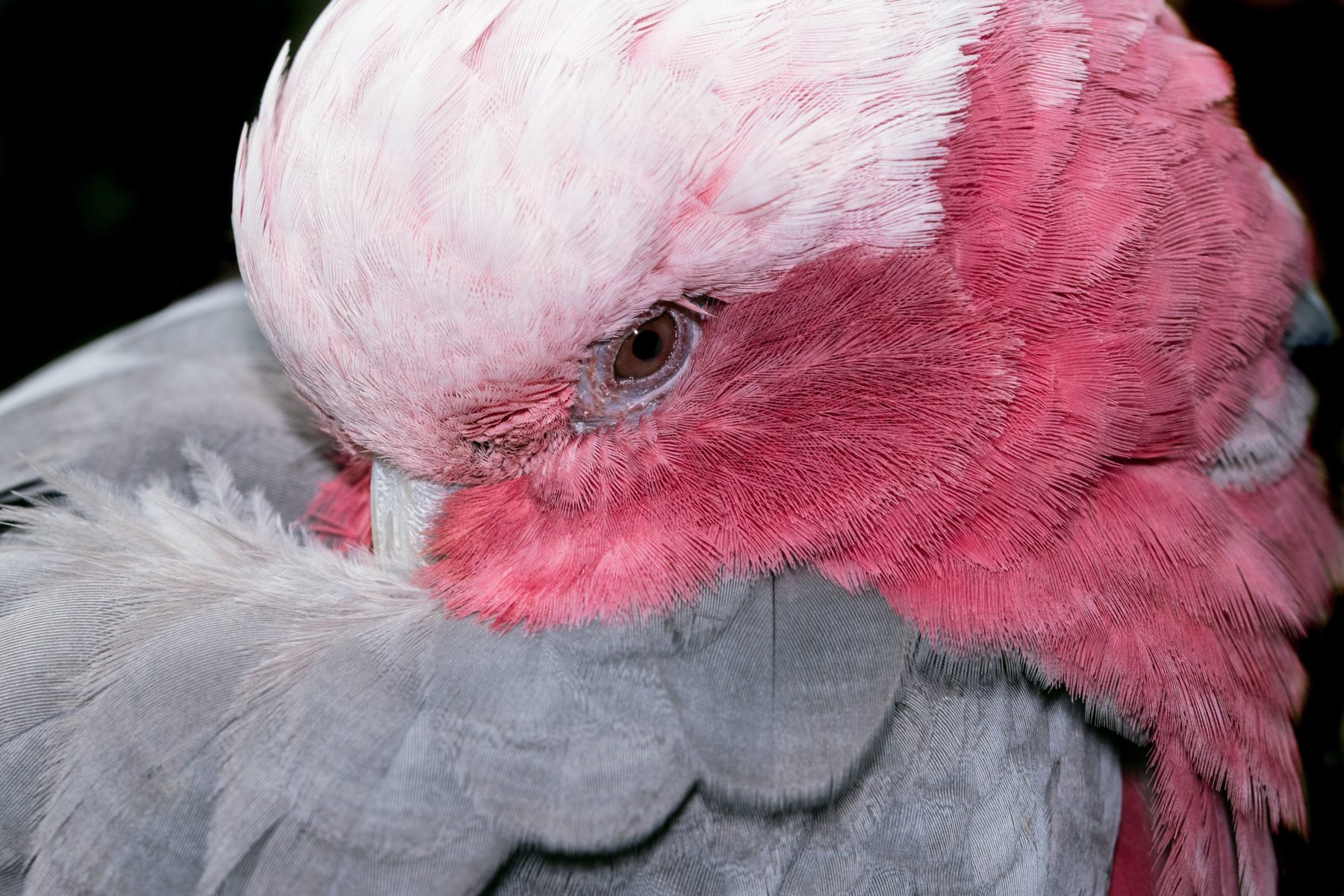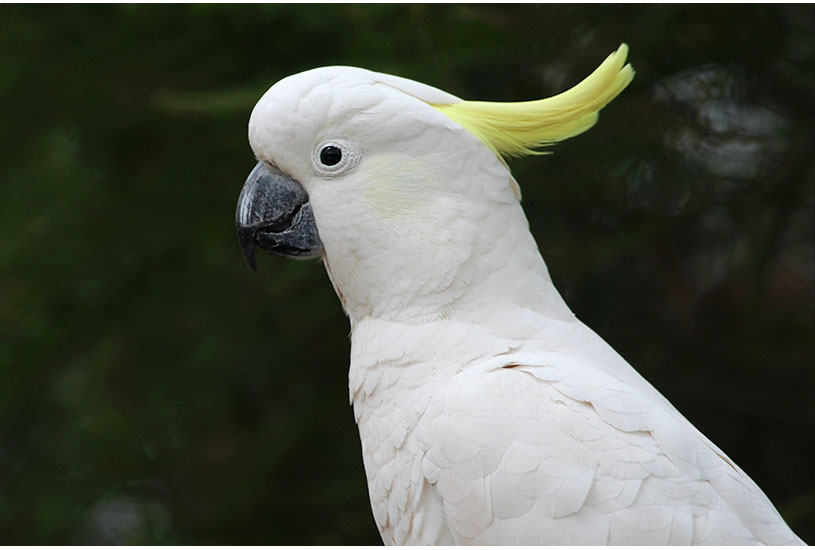Beak and Feather Disease Virus can impact the health of Australia’s feathered friends.
Australia is known for its beautiful birds. Think of the brilliantly-hued Crimson Rosellas and Blue-winged Parrots.
The Cockatoos with their magnificent combs.
The soft pink cheeks of Galahs, in a state of perpetual blush.
These creatures are a beloved part of our national identity.
But according to a recent study from Deakin University – in collaboration with Charles Sturt University and Zoos Victoria – their health is under threat.
Researchers warn that now is the time to intervene and protect our feathered friends.
What is BFDV?
Beak and Feather Disease Virus (BFDV) has been impacting the health of Australian parrots for years.
Johanne Martens – a researcher at Deakin’s Centre for Integrative Ecology – says that reports of the virus date back further than 100 years.
“It’s been around for a very long time. It’s thought to have originated in Australasia, in post-Gondwanan times.”
She says the virus now has a global distribution and affects both wild and captive parrots due to the pet trade.
“When Australian parrots like budgerigars were exported to other countries as pets, the virus spread with them.”
The study, published in the journal PLOS One, suggests that BFDV is widespread in parrots in south-western Australia.
As the name suggests, BFDV attacks the bird’s beak and claws. They can become deformed, making it difficult to eat. Some infected birds even starve to death.
Their plumage too, is affected. Although birds moult as a way to shed old feathers, the virus prevents feathers from growing back in the same abundance.
This leaves the birds naked and susceptible to exposure, as the feathers protect them from the searing Australian heat.
The infected feathers can also act as a carrier, passing the disease on to other birds.
But sometimes, BFDV acts as an invisible threat. Ms Johanne Martens says that some birds can be infected while not showing the tell-tale signs.
“For instance, Crimson Rosellas in our study had a high BFDV prevalence but showed no signs of disease”
Rosellas and cockies are at risk
According to Johanne Martens, BDFV primarily affects parrots.
“It mainly infects members of the order Psittaciformes – that’s parrots, cockatoos and lorikeets. This is a problem because it’s one of the largest groups of birds, with almost 400 species.
“It’s also one of the most threatened bird groups worldwide. About 30 percent of the species are threatened by extinction. A disease like this can potentially cause a lot of damage in this bird group.”

Around 40 percent of Crimson Rosellas and 20 percent of Cockatoos caught during the study tested positive for BFDV, suggesting that they have the highest rates of infection.
“The Crimson Rosella has a very high prevalence of the virus. I found that about 80 percent of birds that were younger than one year were infected with BFDV.
“But the virus has also been detected in other bird species, not just in parrots. BFDV can mutate very quickly and adapts well to new hosts.”
Some birds may recover from the infection. But particularly for younger birds, BFDV can lead to an untimely death.
“Birds that get the peracute form of the disease die within days to weeks,” Ms Martens says. “These are mainly nestlings. Others can get a chronic infection, where they gradually lose their feathers and eventually die.”
Conservation is everyone’s business
Currently, there’s no treatment for the disease other than supportive care, although researchers from Charles Sturt University are working on developing a vaccine.
“Most studies so far are focussing on clinical aspects of the virus, such as genetics,” Ms Martens says. “They’re often done with very few birds, which are in captivity, dead, or brought into vet care because they’re sick.
“But there’s not much known about the ecology of the virus in wide populations of parrots.”
This is where Ms Martens’ research comes into play. She seeks to find out more about the virus and its transmission dynamics in Victoria’s wild birds.
“But what I’m doing is a tiny pixel in the big puzzle of ecology. Everyone should contribute to conservation because otherwise, it’s just not doable.
“We’re losing our biodiversity at an unprecedented rate. Many of us don’t realise that we are part of the system. We can’t fully understand the consequences of taking species out of these systems.
“We cannot be decoupled from our environment. If we don’t wake up soon, it’s going to be too late.”
You can help protect your local wildlife by regularly cleaning any bird feeders, bird baths and nest boxes in your backyard.
Has this piece got your feathers in a flap about BFDV? You can find out more by watching this video. A longer discussion is available through the Wildlife, Cake and Cocktails podcast.
Ms Johanne Martens is an academic from Deakin’s Centre for Integrative Ecology.



